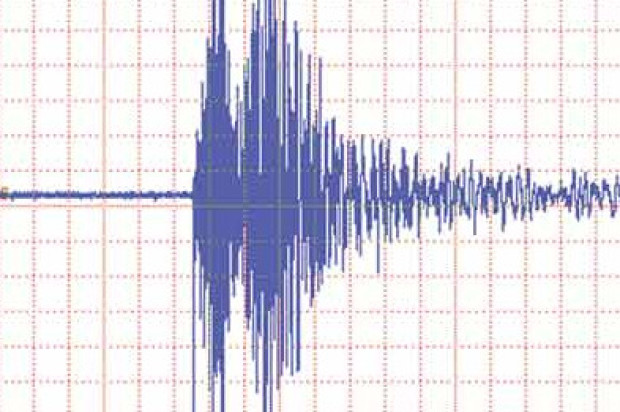
San Francisco’s Disaster Council convened a special meeting this afternoon to discuss the emergency preparedness of the city’s residents and institutions following Sunday’s 6.0-magnitude earthquake that caused significant damage in Napa, Solano and Sonoma counties.
The council, composed of representatives from more than 40 city agencies and organizations, discussed their response to the quake and what they have learned from talking with city leaders and residents in the impacted counties.
San Francisco Mayor Ed Lee was among attendees at the city’s Emergency Operations Center today. He said that after visiting the communities in the Bay Area impacted by the quake, he felt San Franciscans need to remain alert and prepared.
With more than 100 aftershocks felt in the Bay Area since Sunday, he urged public officials in the disaster council to help educate residents about the seriousness of aftershocks.
“It’s not just the first shake, it’s the aftershocks that can be just as dangerous,” Lee said.
Lee asked the council to encourage city residents to enroll in the Neighborhood Emergency Response Team (NERT) to receive training and take precautions before the next big earthquake strikes the Bay Area.
NERT, a free training program administered by the San Francisco Fire Department, is designed to help residents prepare for, and respond to, a disaster by working together.
The 20-hour, multi-session training covers topics such as how to confidently shut off utilities, conduct light search and rescue efforts and how to participate as a member of a neighborhood response team during a disaster.
Anyone interested in taking the NERT training should visit the NERT website at sfgov.org//sffdnert.
All residents are encouraged to go to the website, sf72.org, to learn about how to prepare for a major emergency and what to do in the three days immediately following a high-magnitude trembler.
Micki Callahan, director of the city’s Department of Human Resources, reminded city and county employees today that they are disaster service workers and in the event of a major disaster they will likely be called on to respond to the needs of the city.
Callahan said that while the city will not place anyone in harms way or assign duties that they are unprepared to perform, they should remain flexible.
Dr. Richard Allen, Director of the Seismological Laboratory at University of California at Berkeley, attended today’s Disaster Council and discussed the importance of the Earthquake Early Warning system, which detected the quake and sent out an alert 8-seconds before it began to BART, as well as police, fire and other major agencies in the Bay Area.
He said Japan adopted the early warning system after thousands of people died in the last major earthquake. He advised public officials to make the early warning system a priority before lives are lost.
Allen said to get the entire state on the Earthquake Early Warning System would cost $80 million.
Hannah Albarazi, Bay City News









